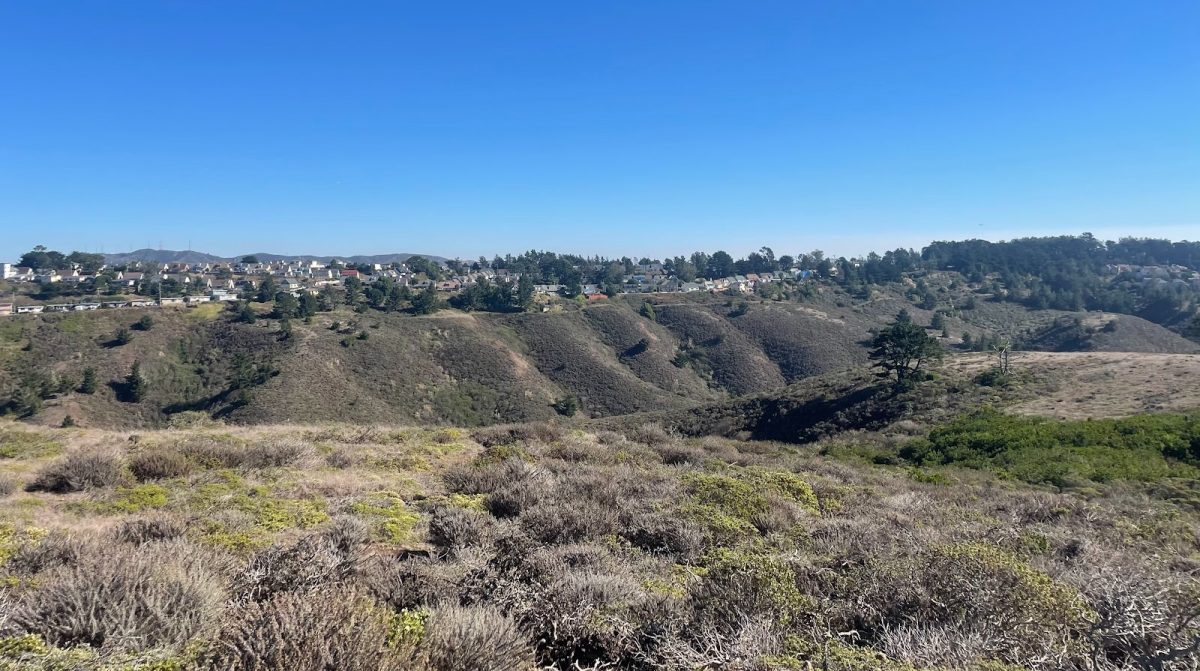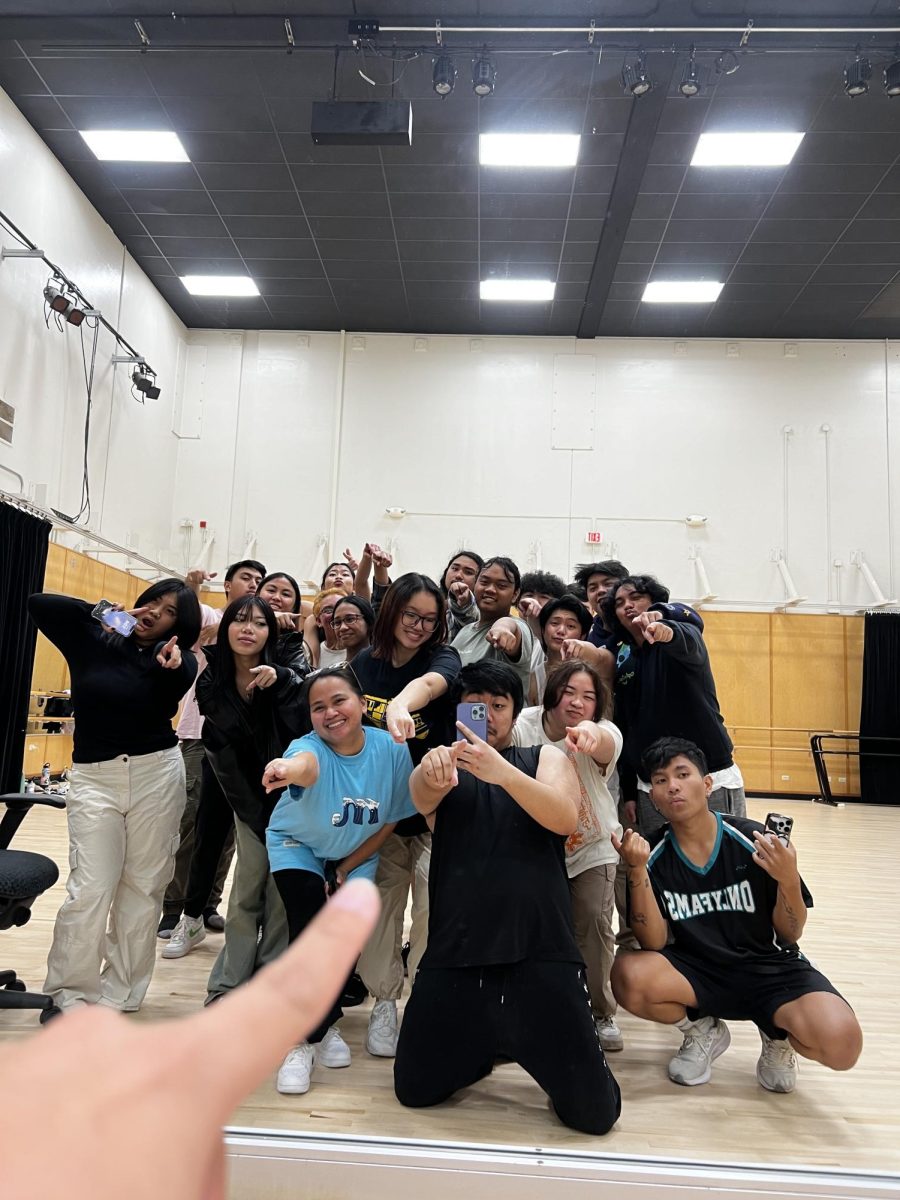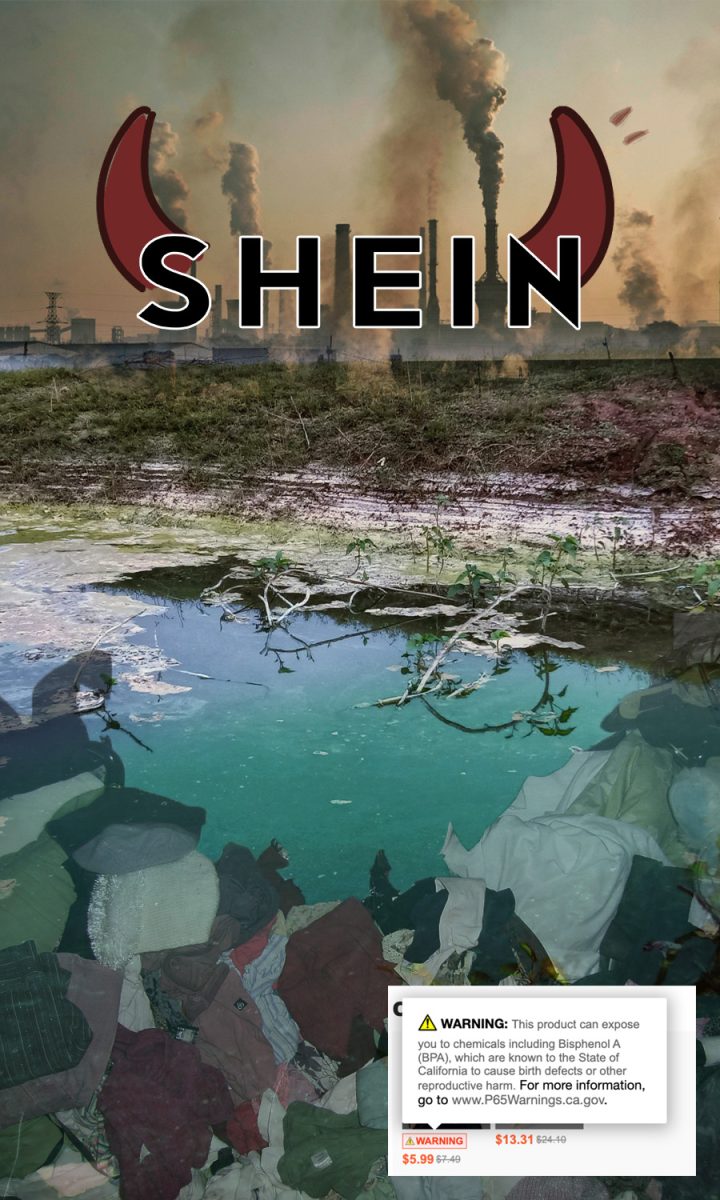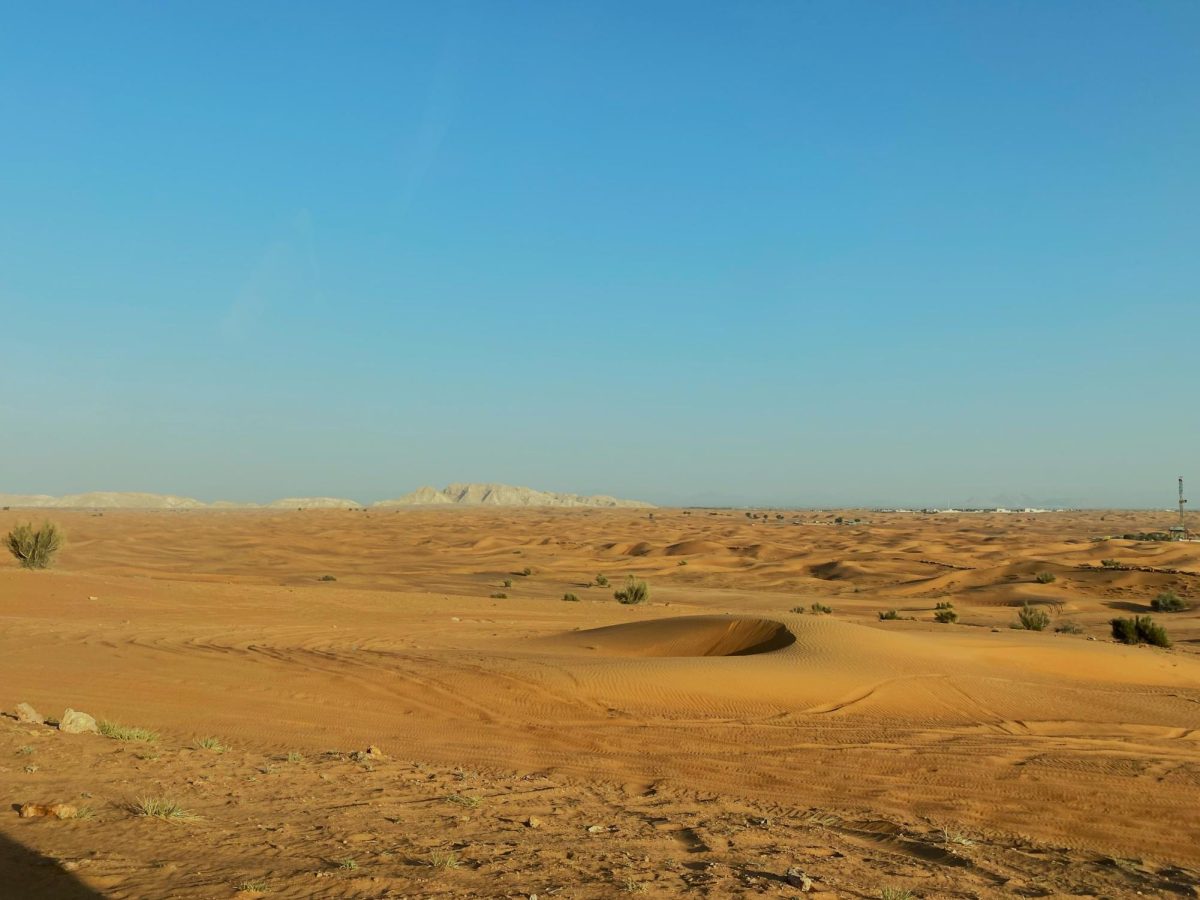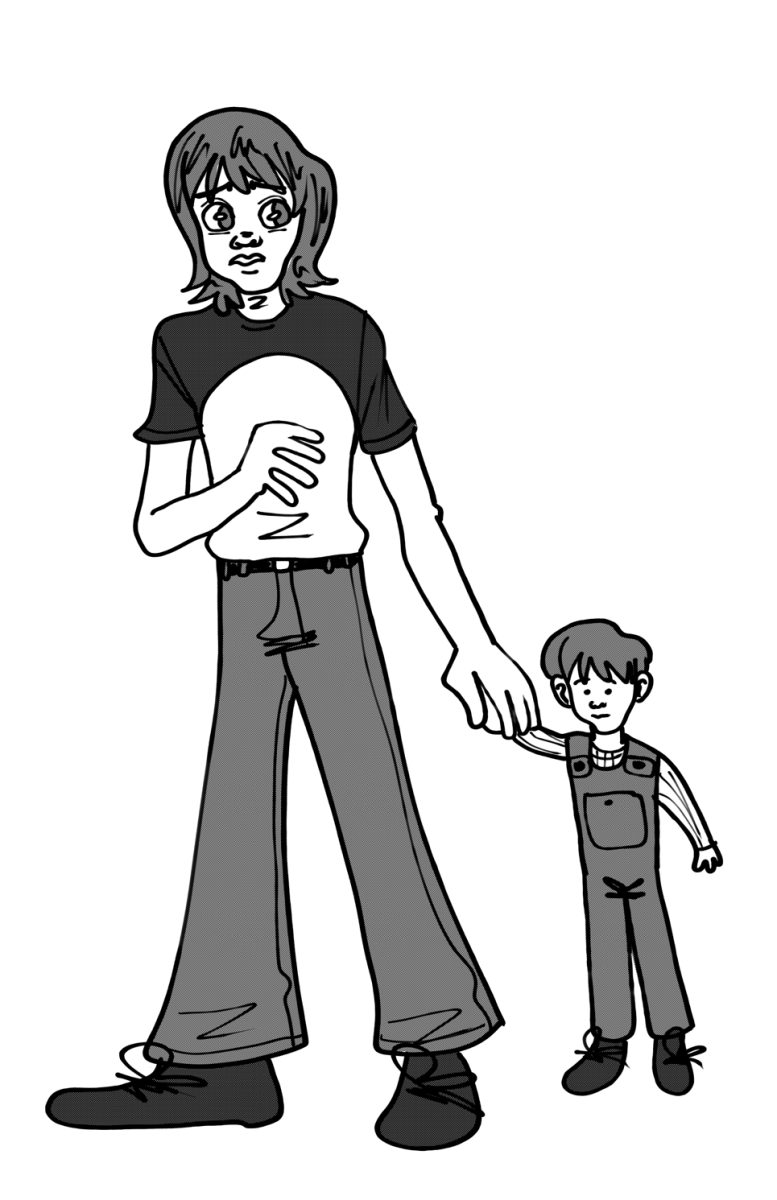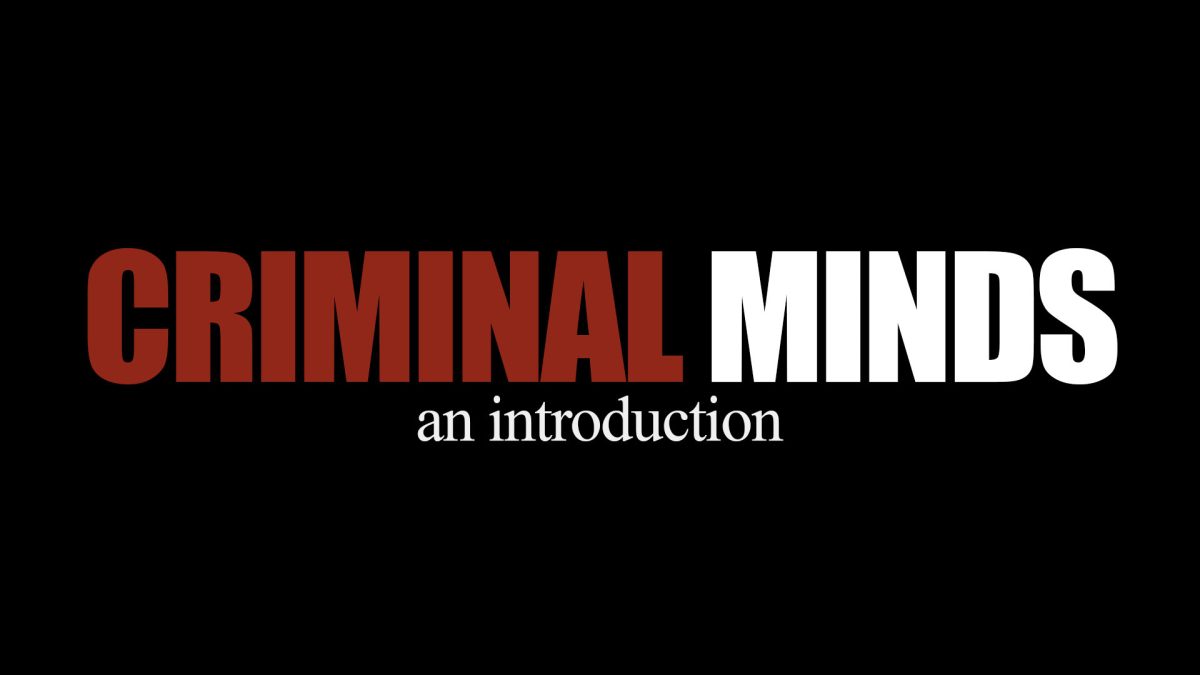At 5 p.m. on Oct. 17, 1989, most Bay Area residents were tuned into the baseball World Series championship rivalry game between the San Francisco Giants and the Oakland A’s. Elderly couple Adelaide and George McNamee were sitting in the living room of their beloved home in San Francisco’s Marina district. At 5:04 p.m., a 6.9 magnitude earthquake rocked the Bay Area.
“Adelaide flew across the room in her chair and slammed into a dresser,” Mr. McNamee said.
She died a few months later from her injuries, while 99-year-old Mr. McNamee passed shortly after from a broken heart. Taking the lives of at least 63 people and costing six billion dollars in damages, Loma Prieta is the most devastating quake in the Bay Area since the 1906 San Francisco earthquake.
The anniversary is a reminder that the San Andreas fault is well overdue for a major quake.
According to the United States Geological Survey’s Earthquake Hazards Program, it is likely that a large earthquake with a magnitude above 6.7 will rock the San Francisco Bay Area within the next ten years.
The active San Andreas fault runs close along cities on the Peninsula and up to San Francisco. Much of Skyline Boulevard runs parallel to the fault and crosses over at several points. All three SMCCD campuses are located only a few miles from the fault. The high likelihood of large earthquakes occurring makes it important for residents to understand safe responses in such a crisis.
California held a statewide earthquake drill: The Great California Shakeout. The drill gives residents an opportunity to practice responding appropriately in an earthquake. It is also a reminder that earthquakes are common in California and can occur at any moment.
Small steps towards preparedness for future natural disasters include keeping water and food supply for at least three days. Having a radio and a supply of flashlights and batteries are useful in case the electricity goes out. A newly developed mass communication system for emergency alerts, called ShakeAlert, immediately notifies residents with helpful information on how to respond during an earthquake. San Francisco residents can sign up by texting their ZIP code to 888777.



